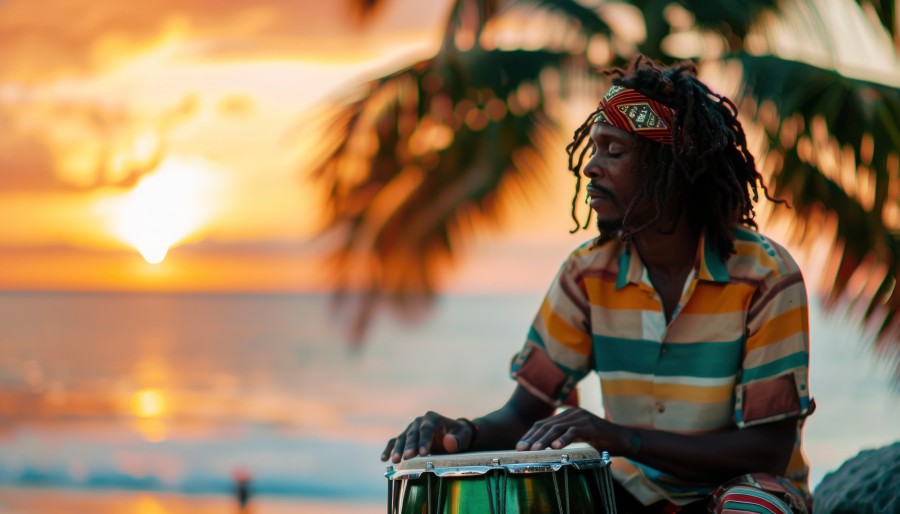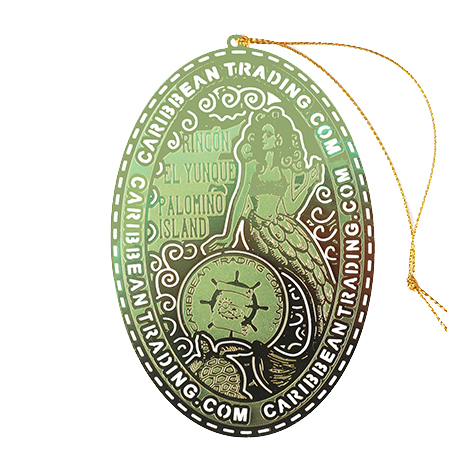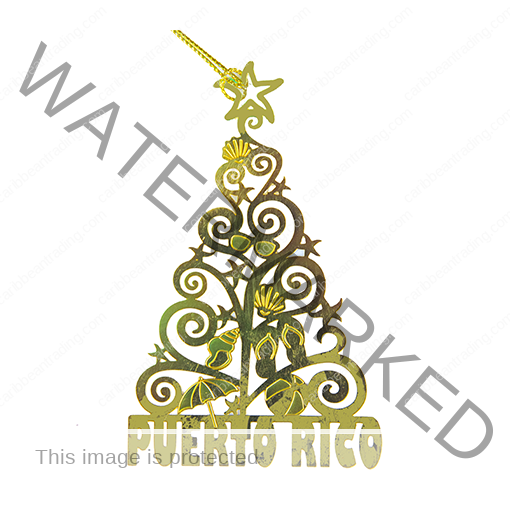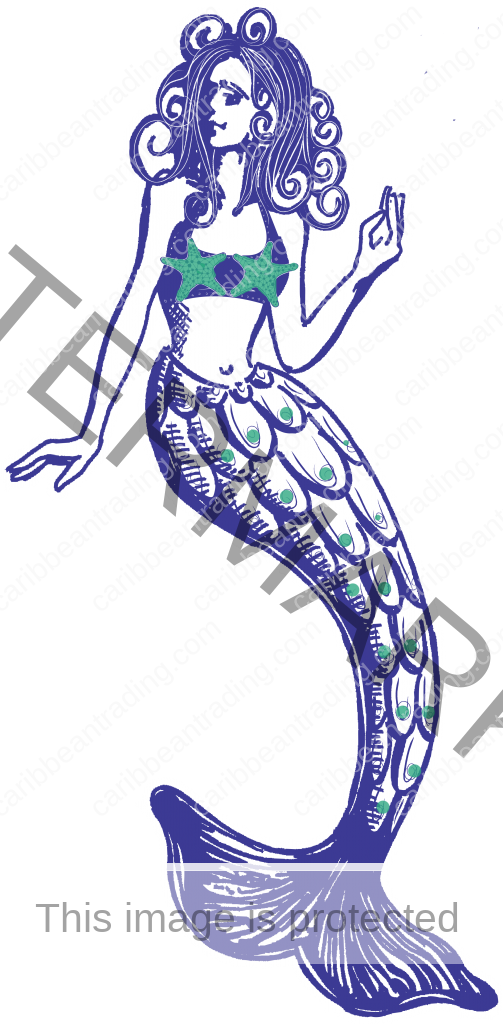Entertainment in the Caribbean
Exploring Caribbean Music and Dance Traditions
The Caribbean is a vibrant region known for its rich cultural tapestry, and at the heart of this dynamic identity lies its music and dance traditions. Shaped by a unique blend of African, European, Indigenous, and even Asian influences, these traditions have transcended regional boundaries, becoming global symbols of rhythm, celebration, and resilience. From the infectious beats of reggae to the lively movements of salsa, Caribbean music and dance capture the spirit of its people and the complex history that has shaped the islands.
The Roots of Caribbean Music and Dance
Caribbean music and dance owe much of their foundation to the transatlantic slave trade. Enslaved Africans brought with them a wealth of musical and dance traditions that would merge with European colonial influences and indigenous customs to create something entirely new. Drumming, an essential element of African traditions, became a cornerstone of Caribbean rhythms. Over time, these traditions were blended with Spanish guitars, French melodies, and British folk songs, creating genres like calypso, merengue, and mento.
Similarly, dance in the Caribbean was shaped by African ceremonial practices, which emphasized rhythm, body isolation, and storytelling. These elements blended with European styles such as the quadrille and waltz, resulting in dances like the mazurka and bele. This fusion process, born out of both oppression and resistance, gave rise to a uniquely Caribbean aesthetic.
Key Music Genres in the Caribbean
The diversity of the Caribbean islands is reflected in the wide array of musical genres that have emerged from the region. Each genre tells a story of cultural exchange and historical transformation.
Reggae: Originating in Jamaica in the late 1960s, reggae is one of the most globally recognized Caribbean genres. Characterized by its slow, offbeat rhythm and socially conscious lyrics, reggae became a vehicle for addressing issues like inequality and resistance to colonialism. Artists like Bob Marley brought reggae to the international stage, where it continues to influence genres ranging from hip-hop to rock.
Soca: A fusion of calypso with Indian musical elements, soca emerged in Trinidad and Tobago in the 1970s. Known as the “soul of calypso,” it features high-energy beats and is a staple of Carnival celebrations across the Caribbean.
Dancehall: A genre that evolved from reggae, dancehall emerged in Jamaica during the late 1970s. It is characterized by its fast-paced beats, electronic instrumentation, and bold, often provocative lyrics. Dancehall is known for its connection to vibrant dance styles that have gained worldwide popularity.
Bachata and Merengue: These genres originated in the Dominican Republic. Merengue, with its lively tempo and infectious rhythm, often incorporates the accordion and tambora. Bachata, on the other hand, is more romantic, marked by heartfelt lyrics and a slower pace.
Steelpan Music: Hailing from Trinidad and Tobago, steelpan music emerged in the mid-20th century as a creative response to colonial restrictions. Made from oil drums, steelpans produce a distinct, melodic sound that is integral to genres like soca and calypso.
The Role of Dance in Caribbean Culture
Dance is inseparable from music in the Caribbean, serving as both a form of expression and a communal activity. It is deeply woven into the social and spiritual fabric of the region. Dance styles vary widely, reflecting the diverse influences and histories of each island.
Salsa: Although its roots extend to Cuban son and Afro-Cuban traditions, salsa has become a pan-Caribbean dance form. With its intricate footwork and sensual partner movements, salsa is a global symbol of Caribbean rhythm and flair.
Limbo: Popularized in Trinidad, limbo is a dance of agility and endurance, where participants bend backward under a horizontal bar without touching it. Its origins are believed to be tied to African spiritual practices.
Carnival Dances: The Carnival tradition in the Caribbean, particularly in countries like Trinidad and Tobago, Saint Lucia, and Barbados, showcases a variety of dance styles. Participants in elaborate costumes parade through the streets, performing dances that combine African, European, and Indian influences.
Kumina and Dinki Mini: These ceremonial dances, rooted in African spiritual practices, are particularly prominent in Jamaica. Kumina is often performed to honor ancestors, while Dinki Mini is traditionally associated with funeral rites.
Cultural Significance
Music and dance in the Caribbean are more than entertainment; they are vehicles of cultural identity, resistance, and resilience. During the colonial era, enslaved people used music and dance as acts of defiance, preserving their heritage and creating spaces of emotional release. Today, these traditions continue to serve as symbols of pride and community.
For instance, reggae’s emergence as a voice for the oppressed reflects the struggles and aspirations of the Jamaican people. Similarly, Carnival, with its vibrant music and dances, celebrates freedom and creativity, serving as a reminder of the region’s resilience against colonial oppression.
Moreover, these traditions have played a significant role in uniting the Caribbean diaspora. Festivals and events across the globe, from London’s Notting Hill Carnival to New York City’s Labor Day Parade, celebrate Caribbean culture, bringing together communities and showcasing the global influence of the region.
The Global Impact of Caribbean Music and Dance
Caribbean music and dance have had an indelible impact on the global cultural landscape. Reggae, for example, inspired movements for social justice and freedom far beyond the Caribbean, influencing artists and activists worldwide. Similarly, dancehall and soca have shaped contemporary pop and electronic music, with their beats frequently sampled in global hits.
Caribbean dance styles have also taken the world by storm, from salsa studios in urban centers to the incorporation of dancehall moves in mainstream pop and hip-hop choreography. These art forms have transcended their origins, becoming symbols of celebration and self-expression for people from diverse backgrounds.
As a tourist, you can explore the impact of music during your stay at any luxurious all-inclusive resorts. These places often have nightclubs, discos or casinos where you can dance all night long, as well as play progressive slot jackpots, poker or any other games to have an enjoyable night.
Preserving and Evolving Traditions
As the Caribbean continues to modernize, there is a growing effort to preserve traditional music and dance while allowing them to evolve. Governments and cultural organizations across the region support initiatives to document and teach these traditions, ensuring they are passed down to future generations. Festivals, workshops, and academic research play vital roles in this preservation.
At the same time, Caribbean artists are embracing innovation, blending traditional elements with contemporary influences to create new expressions of their cultural identity. This fusion keeps the traditions alive and relevant, appealing to younger generations and global audiences alike.
Conclusion
Caribbean music and dance traditions are a testament to the region’s rich cultural history and enduring spirit. They embody the resilience, creativity, and diversity of its people, serving as powerful symbols of identity and community. From the rhythmic drumming of African-inspired rituals to the pulsating beats of dancehall and soca, these traditions continue to captivate audiences around the world. As they evolve, they remain deeply rooted in the history and soul of the Caribbean, ensuring their legacy for generations to come.







